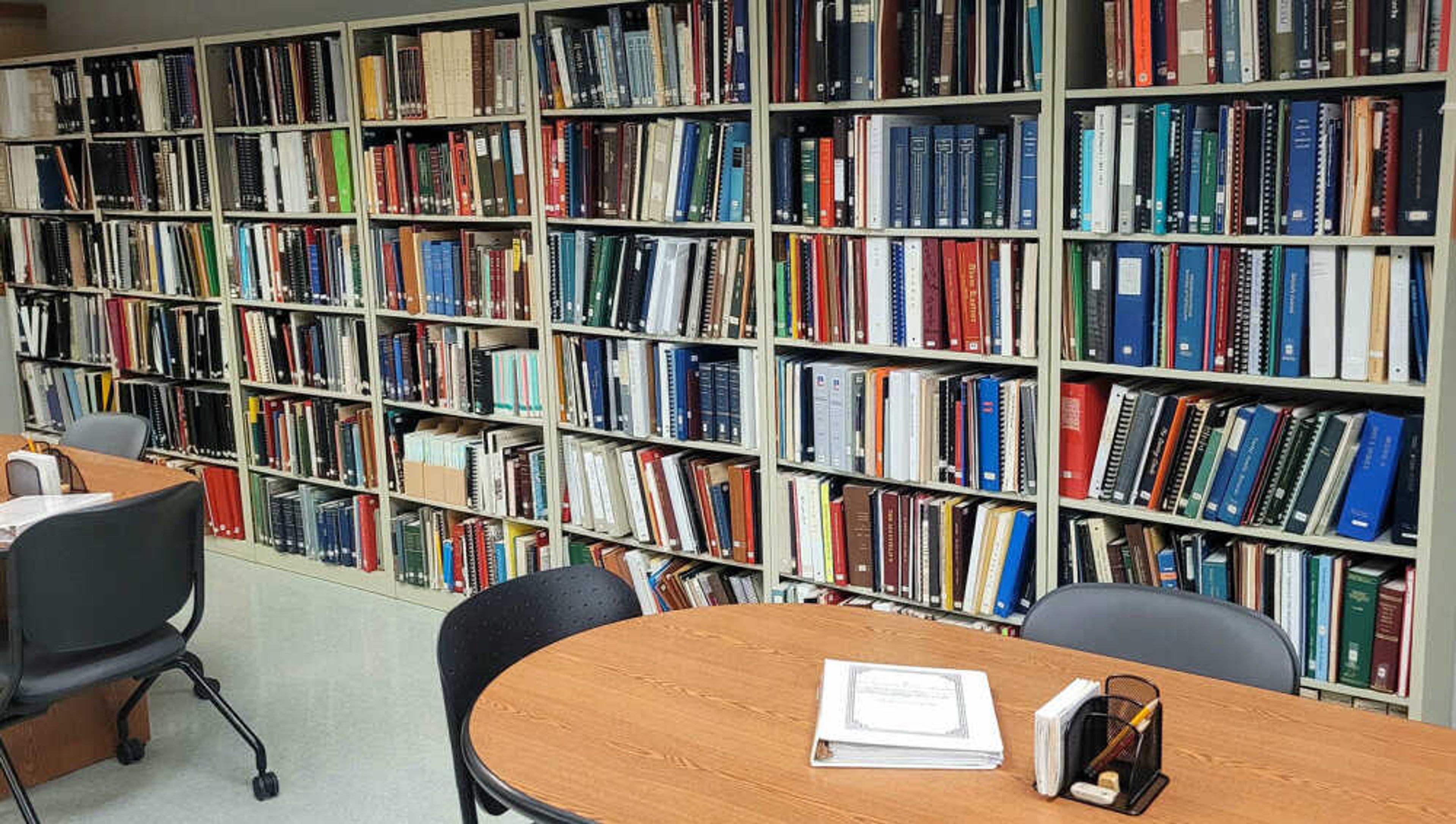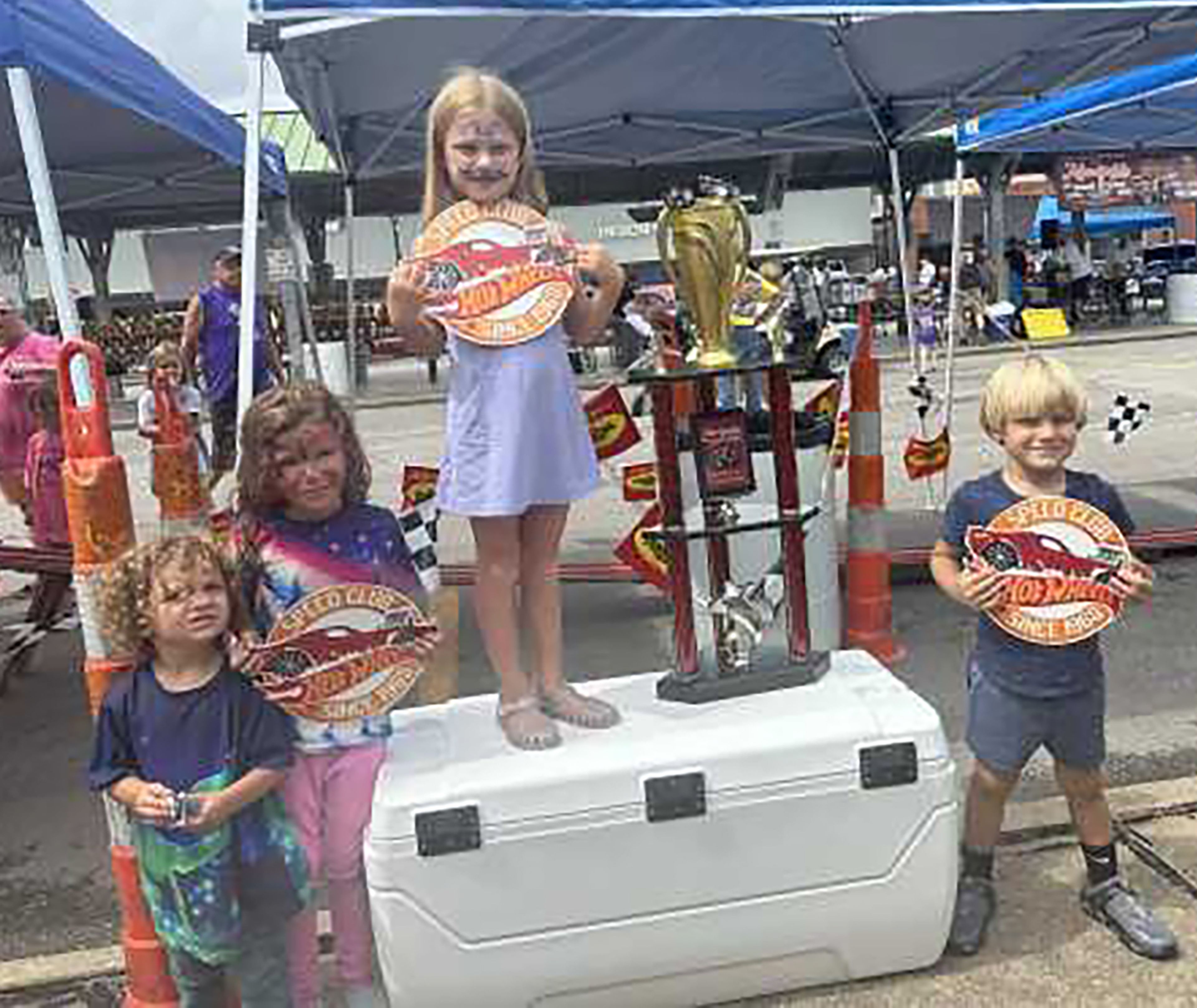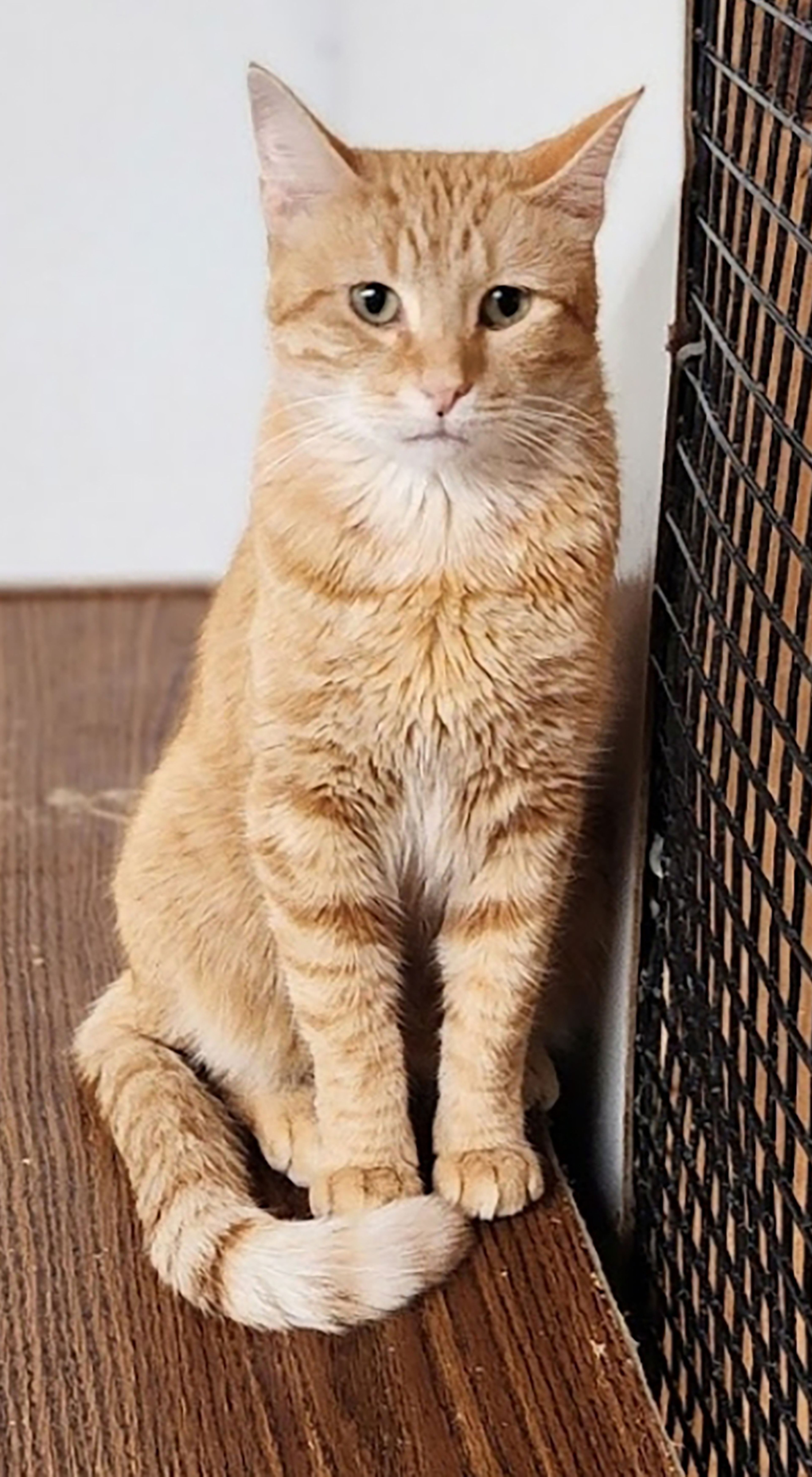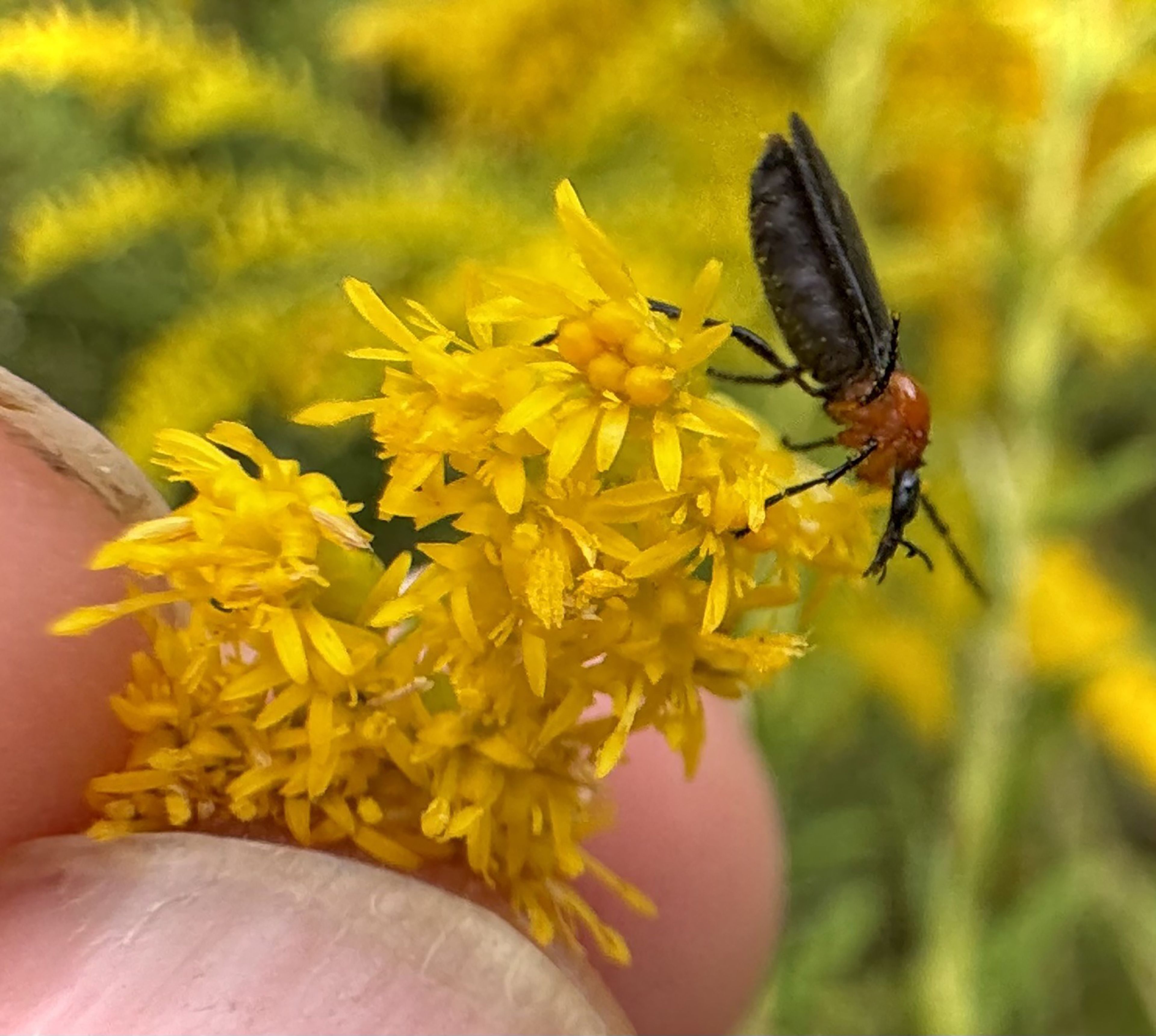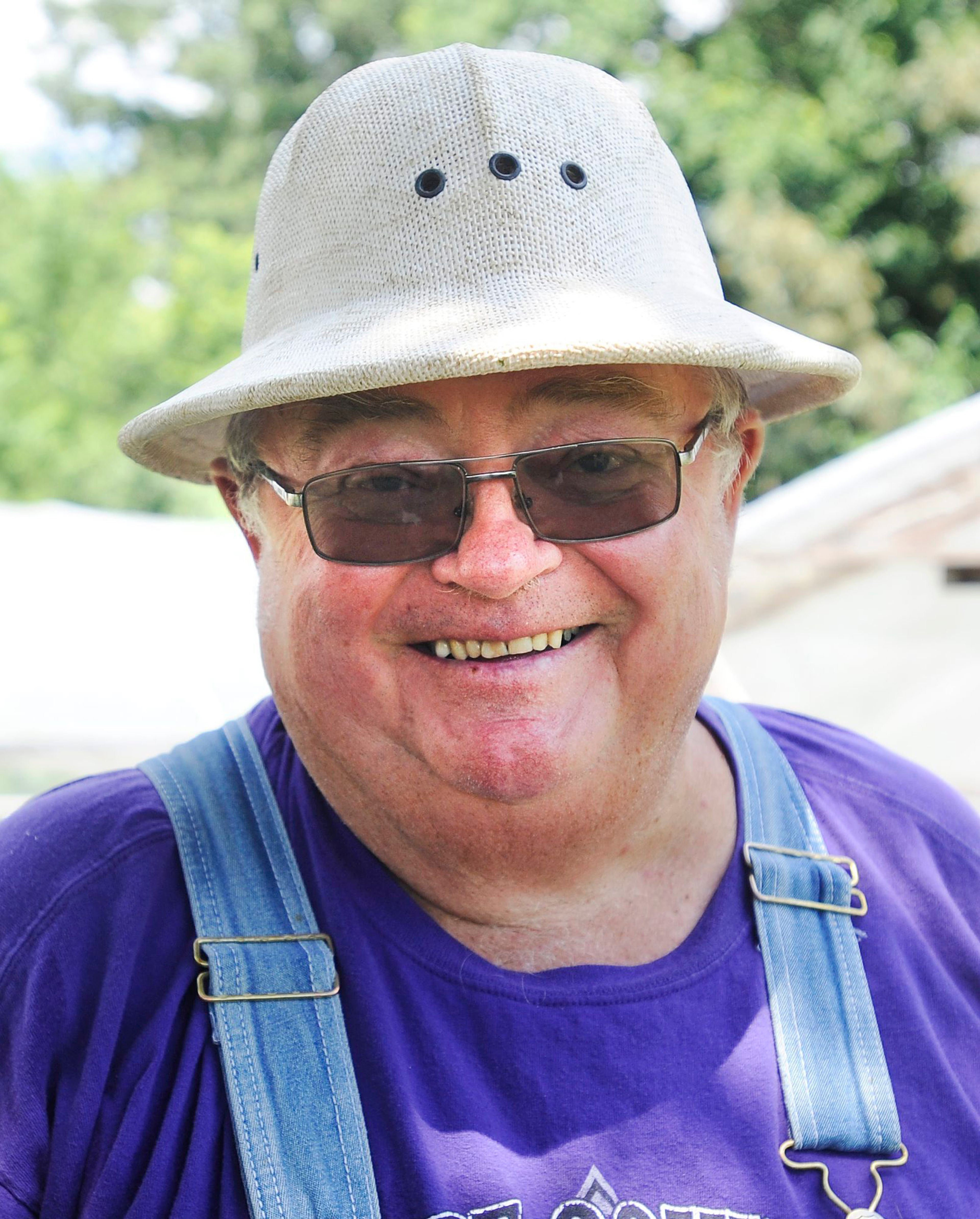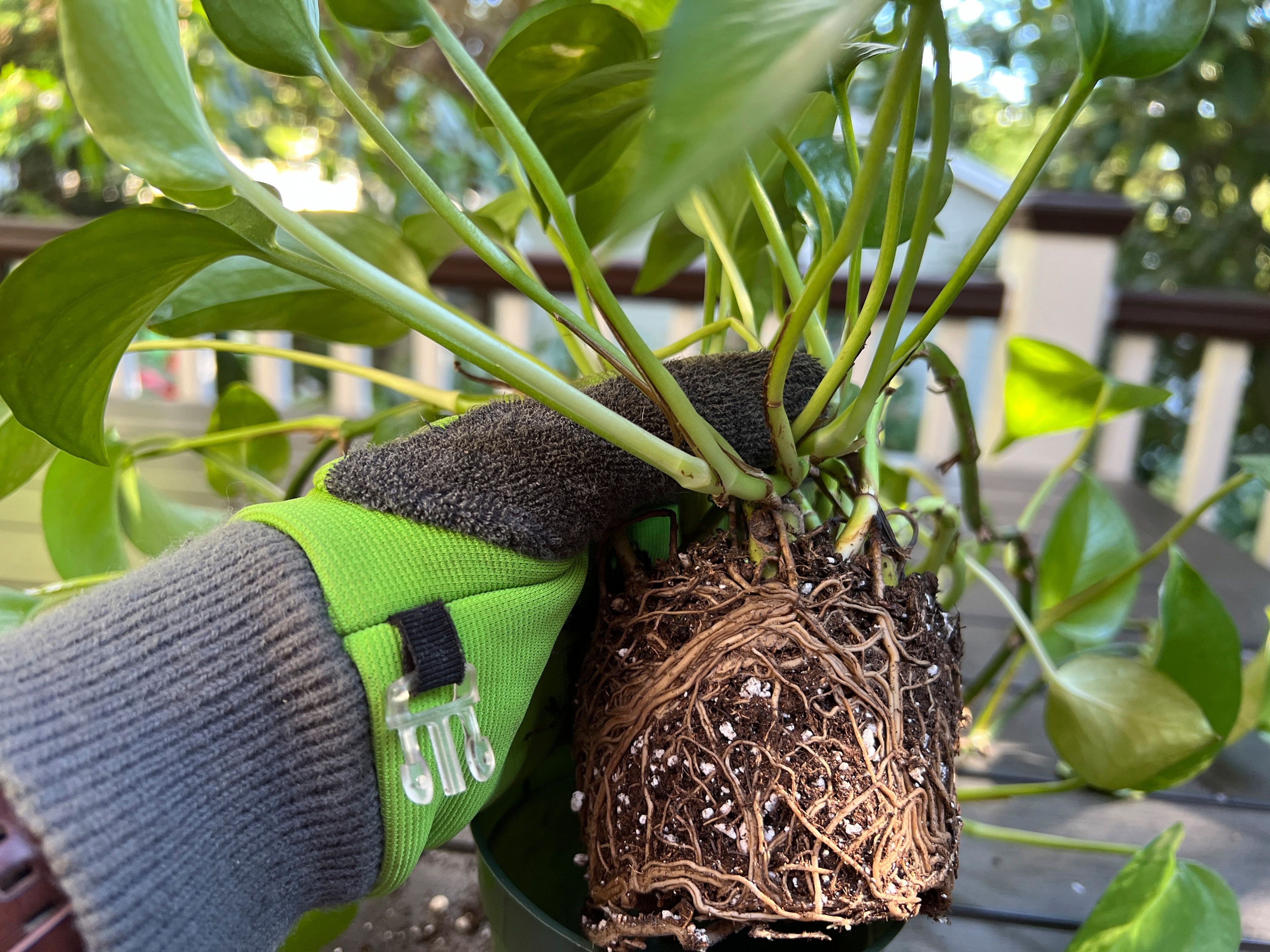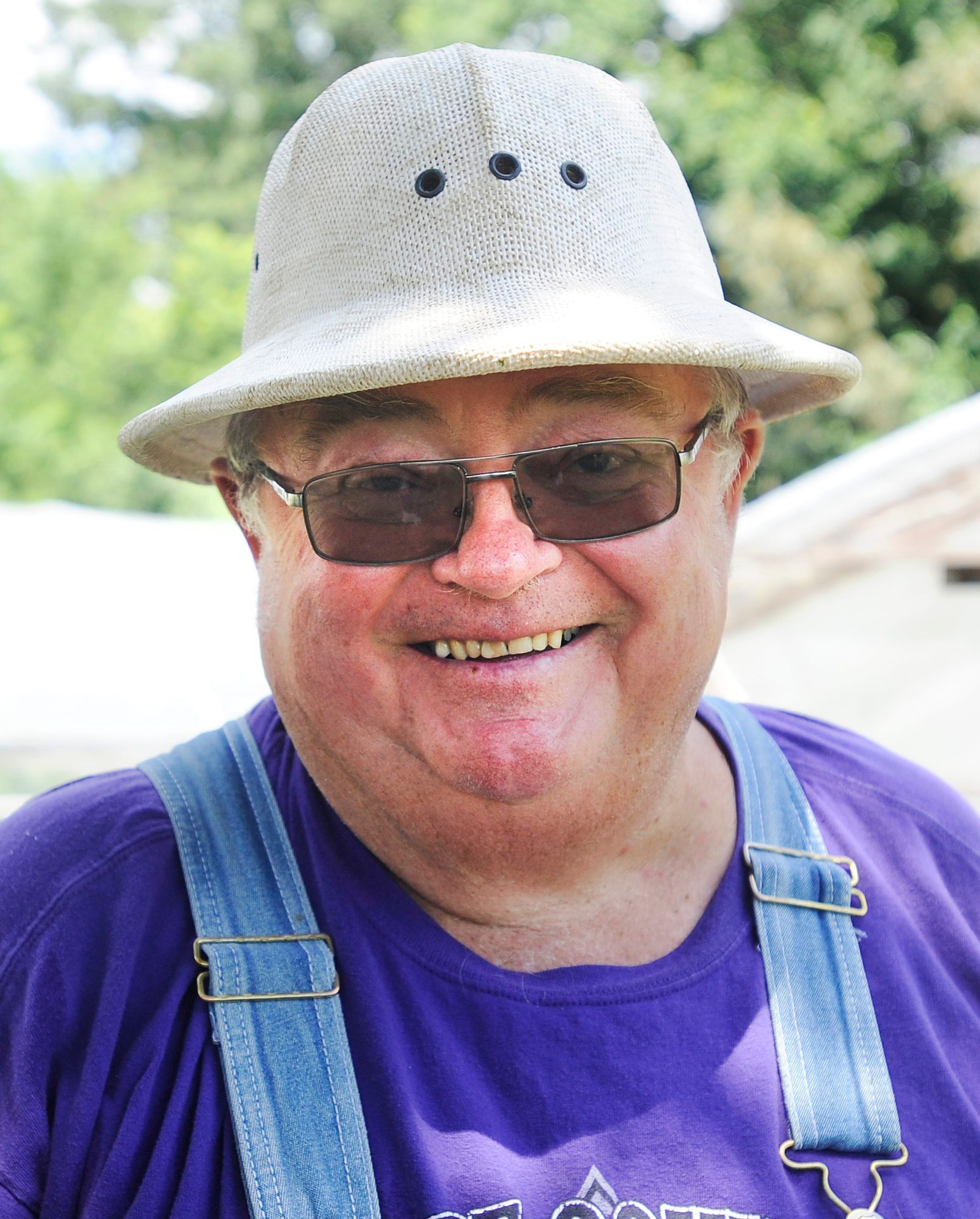Even though it's December there are some winter gardening chores that need to be done. Last year, I planted my onion seeds toward the middle to end of December, so this year I planting around the first of December. My onion seeds were getting older, so I ordered new seeds this year. The order has arrived, so I want to plant in the next couple of days.
Onions grow and bulb up according to both length of summer and length of day. In Missouri, we are between the northern part of the U.S. that is conducive to long-day onions and the southern part of the U..S that is best for short-day onions. For the most part, my seeds will be intermediate-day onions. A couple are long-day onions.
This year, I'll be planting a variety of onions: red creole, red burgundy, red grano, Texas 1015 super sweet and Texas early grano 502. The Texas 1015s are super sweet with no hint of heat. Last year, we could eat them just like an apple. The red creole are spicy but not real hot, so I'm excited about it. The rest are good onions but nothing special.
I plant the seeds in seed-starting medium in 5x5-inch plastic flats. Onions can germinate at a really cool temperature, so one shouldn't use any bottom heat. I usually put a heat mat under my tomatoes, but not my onions. Normally it takes a couple weeks for the onions to germinate and poke their heads through the soil. I try not to plant them super thick to avoid having to thin them out. I keep my plants under a plastic cover until they come up. It keeps the soil damp and provides a humid place for the seeds to sprout and grow.
I always put a flourscent light over my little plants, and maintain that distance of separation as the plant grows.
I try to keep the plants damp -- not wet. Most plants don't like to be real wet. An easy way to keep the plants moist is to set the trays in water, letting them the plants suck up the water. When the top of the trays are damp, I take them out and put them in a dry tray under the lights.
As the onions grow, I give them a flat-top haircut. I cut them about 2-inches tall. They seem to develop better roots if I trim them. Once they are the size of the lead in a pencil, I will transplant some that are too thick into 2x2-inch planters. Most of the time I try to give them more room to grow.
Last summer, I laid down a layer of plastic mulch that was 3-feet wide in my outside garden. I covered each side of the plastic with soil, so I ended up with about 2 feet of plastic mulch. Before I put down the mulch, I ran a single line of drip line. I then planted my onions on both sides of the drip line. The plastic mulch doesn't allow weeds to grow. The plastic also warms the ground early in the spring, so it gets the new plants off to an early start.
The plastic mulch does cause the ground to get really warm in the summer. Last summer, I didn't try to cool it in any way and still grew a bunch of 3- to 4-inch onions. This summer my plans are to put a thin layer of straw over the plastic to help keep it cooler. I think the onions will do even better.
Onions can be planted early. I would try to get them out six to eight weeks before the last average frost. In in our area, the last average frost is mid-April, so a good goal is around the first of March.
One thing to keep in mind is the number of days each onion requires. The Texas 1015s need about 175 days. So if I plant March 1, they should be mature toward the end of August. Some of the others may be 130 days. I would like them to mature about the end of August, so count back four-and-a-half months -- around May 1 would be a good planting date.
For green onions, I have good luck with onion sets. I have not tried them through plastic mulch, but I might this year. I use a wood dibbler I made to plant the plants, so I may use it to plant the sets. It should be fun giving it a shot.
If you don't want to try growing your own onion plants, you can order them from any number of internet garden centers. Some of our local hardware stores and garden centers have them as well.
Happy gardening.



